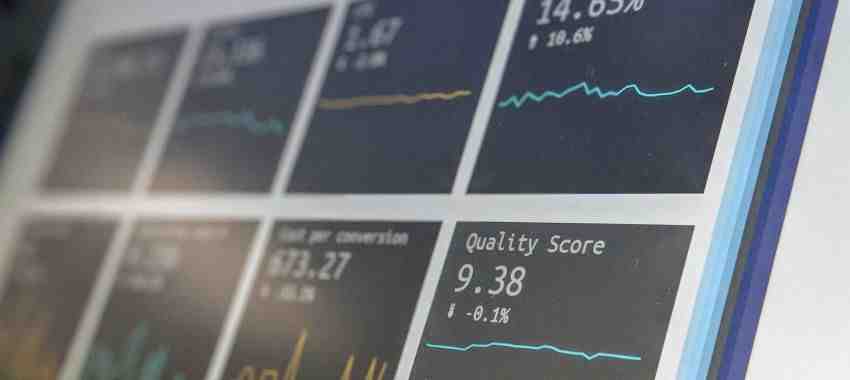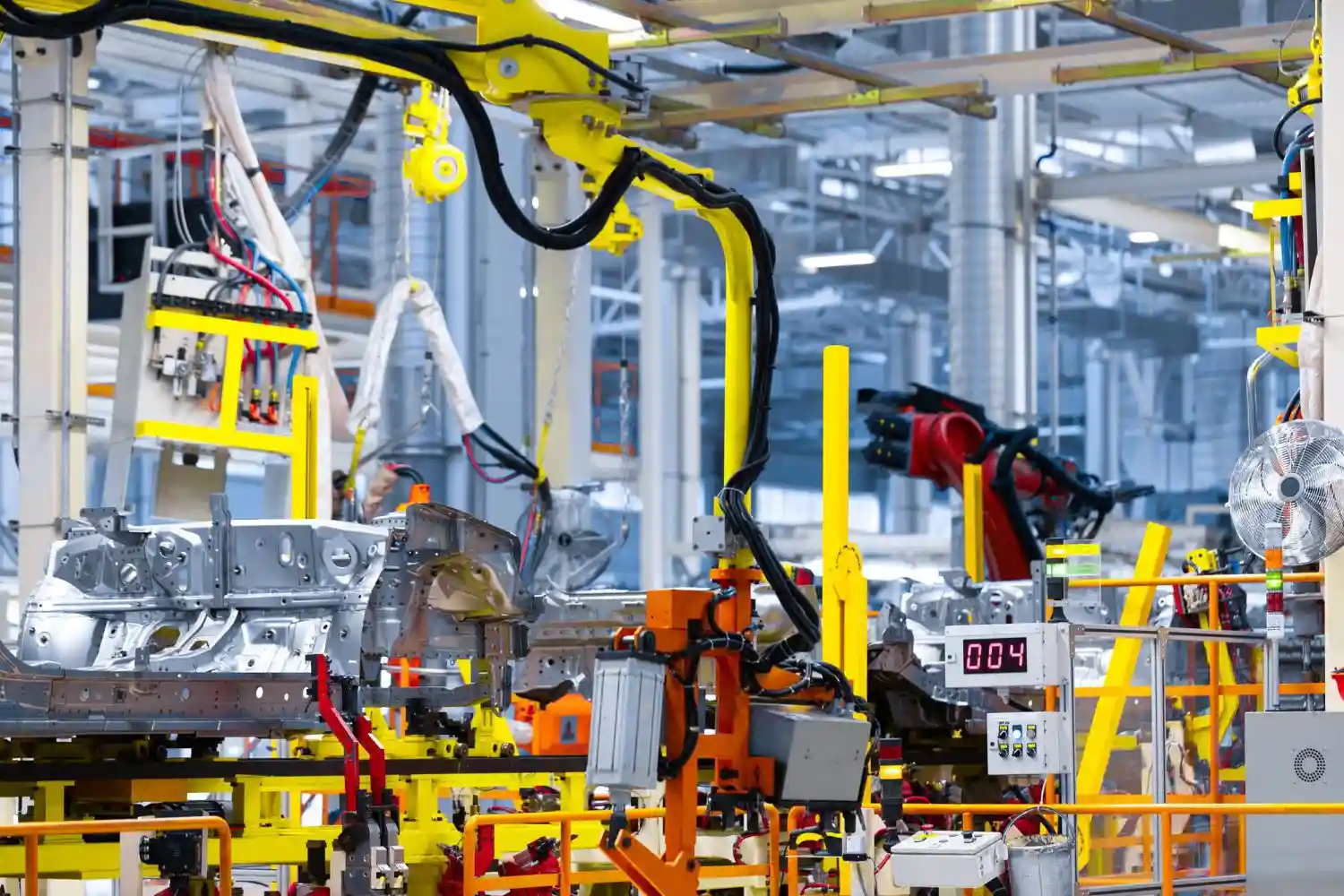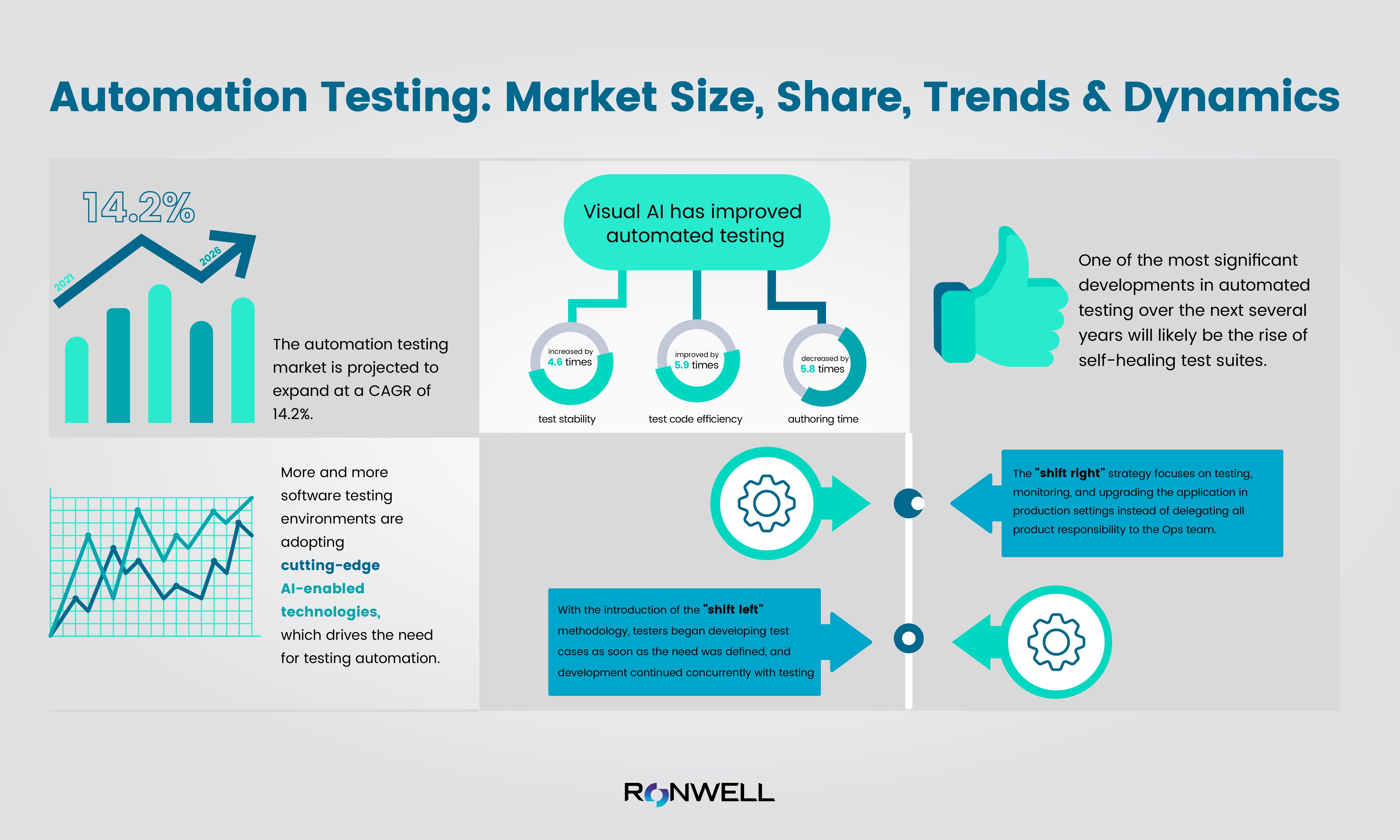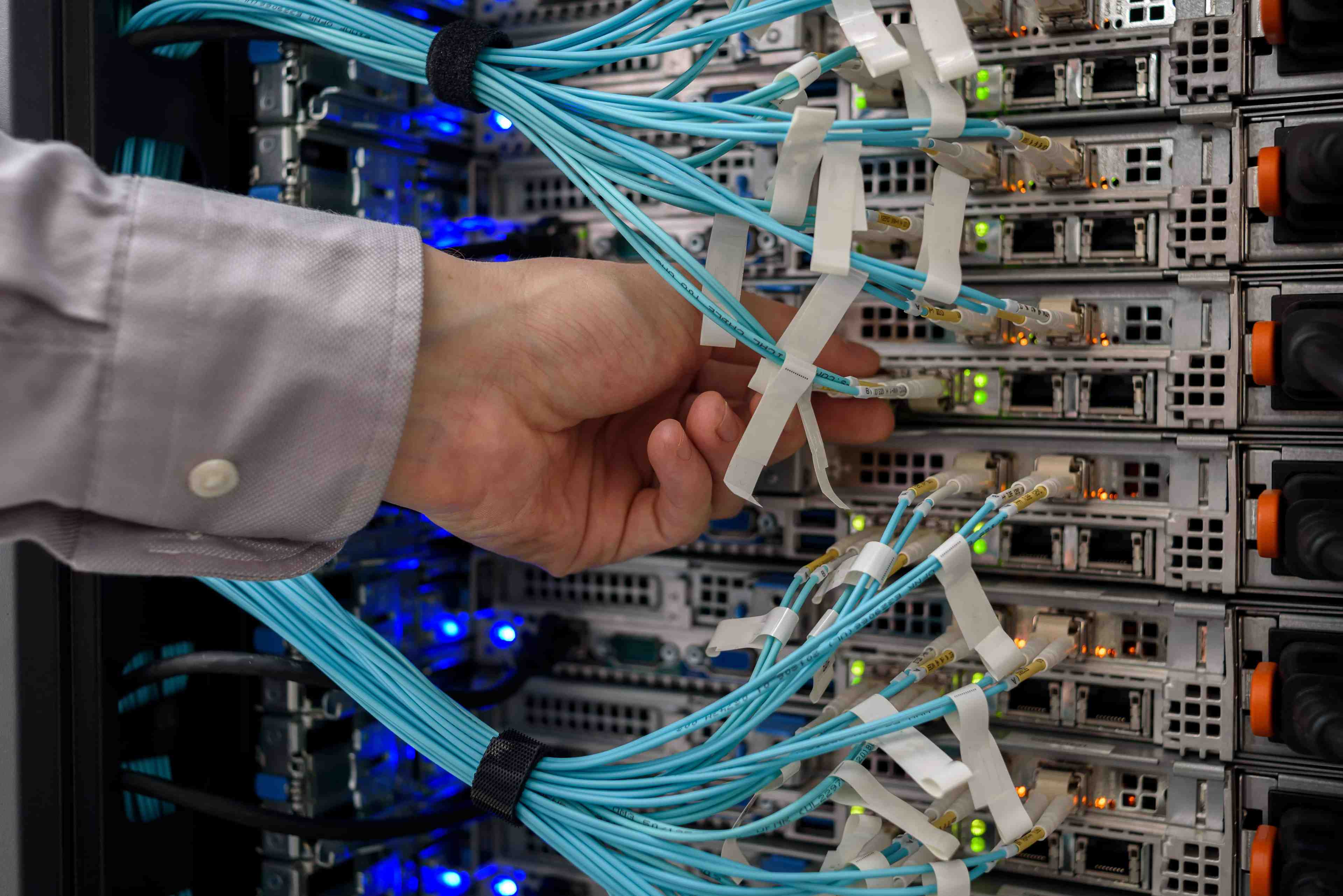

Our Services
Test Automation ServicesAI & Machine LearningBlockchainCRM ConsultingData Science & EngineeringDevOpsDigital MarketingDigital TransformationEmbedded Software DevelopmentERP Consulting ServicesManaged IT ServicesMergers & Acquisitions AdvisoryQA And Testing ServicesRobotic Process Automation SAP Consulting DevelopmentSoftware and Application DevelopmentSQL ConsultingStrategy ConsultingSustainability
- Contact Us
Our Services
- Test Automation Services
- AI & Machine Learning
- Blockchain
- CRM Consulting
- Data Science & Engineering
- DevOps
- Digital Marketing
- Digital Transformation
- Embedded Software Development
- ERP Consulting Services
- Managed IT Services
- Mergers & Acquisitions Advisory
- QA And Testing Services
- Robotic Process Automation
- SAP Consulting Development
- Software and Application Development
- SQL Consulting
- Strategy Consulting
- Sustainability
Insight
Company
Industries
- Contact Us

Automation Testing: Market Size, Share, Trends & Dynamics
In this blog article, we talk about automation testing market size, share, global trends, and the dynamics of test automation.
- insight
- /
- blog
- /
- automation-testing-market
From 2021 to 2026, the forecasted time period, the automation testing market is projected to expand at a CAGR of 14.2%. Increased use of AI-enabled cutting-edge technologies in software testing settings and the rising need for automation of the testing process and solutions to provide a seamless user experience are key factors propelling the market for automation testing. Read on for further information: What is Automation Testing? Types, Examples, Process.
However, challenges like the growing difficulty of switching from manual to automated testing are expected to slow the market's expansion in the years ahead. Artificial intelligence and machine learning are primarily responsible for the trend toward automated testing. Artificial intelligence has been gaining ground in the testing industry because of the time and effort it saves throughout the testing process. It is used for every testing imaginable, from automated and functional testing to regression and performance testing.
Specifying test environments is becoming increasingly common as software development shifts to more rapid practices like DevOps and other cutting-edge approaches. However, businesses' abilities to forecast and manage testing capacity properly are still developing in the present testing landscape. You can also read our article to learn more about DevOps.
In theory, performance testers would be in a great position to lend a hand here. However, they are understandably wary of the modeling capacity, as increased capacity utilization by testing activities might incur significant yearly expenditures. Major shifts have occurred in the software testing industry over the past few years, with test automation emerging to enable high-quality software releases to be made more quickly. Due to its ability to reduce the time and effort required for testing, automation has long been a popular trend.
The purpose of this is to complete the autonomous testing process. The use of AI in software testing tools is essential. There is a wealth of information produced by each test cycle that may be mined for insights into and solutions to test failures. The information may be used to train the AI further when the tests are complete. The need for technology has increased due to the numerous benefits of incorporating AI into testing. In April of 2020, for instance, Applitools, a supplier of visual AI-powered test automation, released a paper detailing the effect of visual AI on the efficiency of popular open-source test frameworks, including Selenium, WebdriverIO, and Cypress. Visual AI has improved automated testing in three ways: test stability has increased by 4.6 times, test code efficiency has improved by 5.9 times, and authoring time has decreased by 5.8 times.
Read also: Top 20 Automation Testing Tools

Incorporating more AI into testing equipment has allowed the creation of tools that can fix themselves in the field. One of the most significant developments in automated testing over the next several years will likely be the rise of self-healing test suites. This is causing manufacturers to release new products to the market.
The most important market vendors during the COVID-19 outbreak are concentrating on automating IT activities to recover from the catastrophe. As firms recover post-COVID-19, they will inevitably increase their investments in cognitive skills, AI, and RPA. As businesses ramp up their contingency preparations and take on more risks in light of the pandemic, automation and testing have become boardroom must. To assist businesses in automating their infrastructures, increasing their resilience to disturbances, and lowering their total cost of ownership, IBM Corporation, for example, launched a wide variety of new AI-powered services in May 2020.
Market Overview
The market for automated testing will grow at a 19.2% CAGR over the projected period. More and more software testing environments are adopting cutting-edge AI-enabled technologies, which drives the need for testing automation. As AI shortens the test lifecycle, its importance in testing is increasing.
Demand growth drives the market for automated testing methods and customer experience-enhancing solutions. In the next few years, however, the industry is expected to be impeded by difficulties such as the increasing complexity of transitioning from manual to automated testing.
In addition, with the introduction of the "shift left" methodology, testers began developing test cases as soon as the need was defined, and development continued concurrently with testing. On the other hand, the "shift right" strategy focuses on testing, monitoring, and upgrading the application in production settings instead of delegating all product responsibility to the Ops team.
The market for testing automation is driven by the rising need for testing process automation and customer-friendly solutions. However, issues like the growing complexity of switching from manual to automated testing may impede the market's growth in the coming years.
Read more about: Manual Testing vs. Automation Testing - What is the Difference?
The Data Protection Directive and the Health Insurance Portability and Accountability Act (HIPAA) require governments to adopt regulatory data norms from other economies to protect data from unwanted access. Regarding data storage security and privacy, the European Union and the United States have rules that must be followed. However, data stored on the cloud is susceptible to security vulnerabilities, whereas data stored locally is completely secure.
During the COVID-19 pandemic, businesses focused on automating their IT operations to recover from the catastrophe. As businesses recover from COVID-19, they will increase their investments in cognitive talents, artificial intelligence, and robotic process automation (RPA). The epidemic has made testing and automation boardroom necessities. As organizations expand, so do their business continuity plans and associated threats. This trend is predicted to increase as automated testing provides time and quality advantages over other types of testing.
Key Market Trends
Industry Expansion in Information Technology and Telecommunications
Automated testing allows IT and telecom companies to speed up innovation and receive early feedback on the mainframe without slowing down operations or jeopardizing the customer experience or the company's bottom line. Enterprises can increase quality, velocity, and efficiency on the mainframe while alleviating the lack of skilled developers.
The automation sector provides a great environment for cutting-edge testing technologies like the Internet of Things, Artificial Intelligence, and Machine Learning. The majority of corporate operations are currently managed digitally and with rule-based software.
In addition, the widespread adoption of smartphones and internet use, the proliferation of web-based apps, the decline in data prices, and the rising purchasing power of consumers are all factors driving the expansion of this industry.
End-users download applications based on the department, and rejection and application performance are linked issues.
Additionally, both the development process and lifespan of mobile applications are accelerated. Therefore, businesses increase their efficiency, refine their use of regression testing, and save precious hours by automating their examinations of mobile applications.
North America Is Anticipated To Hold a Sizeable Portion of The Market
North America will dominate the automated testing industry, and the extensive presence of technology suppliers is the key market driver in the region. To remain competitive on a regional and global scale, these companies prioritize merger and acquisition activity, partnerships and collaborations, and the delivery of innovative solutions.
In addition, the market in the region is driven by the vast dispersion of technology suppliers. In the United States, innovative consumer gadgets such as smart TVs, home appliances, and laptops are gaining popularity and driving market demand.
Software, online apps, and operating systems (OS) are all inextricably intertwined, just as smart consumer devices. The region's demand for test automation services will rise as acceptance of intelligent consumer items increases.
In addition, governments in the area are launching programs to speed up the spread of cutting-edge technologies like AI/ML, automation, the IoT, mobile and web apps, cloud computing, and other developments.
Moreover, the idea for integrating Provarand is based on the benefits they gained in a scenario similar to Canada Drives (a Fintech company dealing in vehicle loans, auto refinancing, mortgages, personal loans, and credit rebuilding loans). Canada Drives reduced their human regression effort by 95%, utilizing Provar's test automation for Salesforce to save 38 hours per deployment.
Following the implementation of Provar, Canada Drives' automated maintenance efforts decreased by more than 80 percent, saving 33 hours per month.
About Ronwell
Test automation could be useful when dealing with the challenges of rapid development cycles and the need to respond to rising consumer expectations without sacrificing quality. Our methods for automating testing can benefit your business by making testing more efficient and providing more comprehensive, automated test suites.
Ronwell will assist you throughout your automated process. The first step in this process is getting everyone on board with the possibility and the necessary steps to achieve it. It then progresses through each phase of commercial and technical planning, culminating in a successful deployment and achieving the greatest capacity value.
We understand the need for rapid progress without sacrificing quality. Risks may be mitigated and attention can be kept on the most critical testing interfaces with the help of our smart automation frameworks and customized test automation techniques.
Writer:

Halime Yılmaz
Content Marketing Specialist
7 min read
13 December 2022, Tuesday
Related Posts
Related Industries
Related Services





